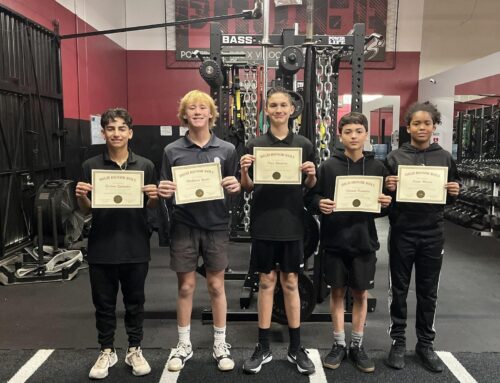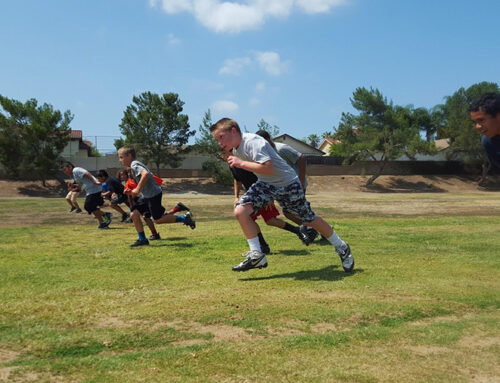Of all aspects of performance training, the one that almost all athletes look to improve before anything else is speed. Speed kills…and if improved it can have a significant impact on your performance. Typically when we think of “speed training” we think sprints, sled towing, running hills, over speed, or treadmills. But these are simply modalities, beneficial when appropriately programmed, but never to be used exclusively. Put simply, the effectiveness of your program relies on 3 elements:
- Movement Mechanics
- Strength development
- Power development
One of the most important aspects of speed development I’ve ever learned was that speed was an extension of strength. This means that in order to increase speed it’s a must to build a solid foundation of strength. More importantly you have to build strength where it counts; your posterior chain. I’m talking about your lats, low back, glutes, hamstrings, and calves. The primary muscles involved in forward movement, and body stabilization when running. There’s a reason sprinters and cross country runners don’t have the same body types. Sprinting is a powerful action that requires a lot of force to accelerate your body, and that force development begins in the weight room!
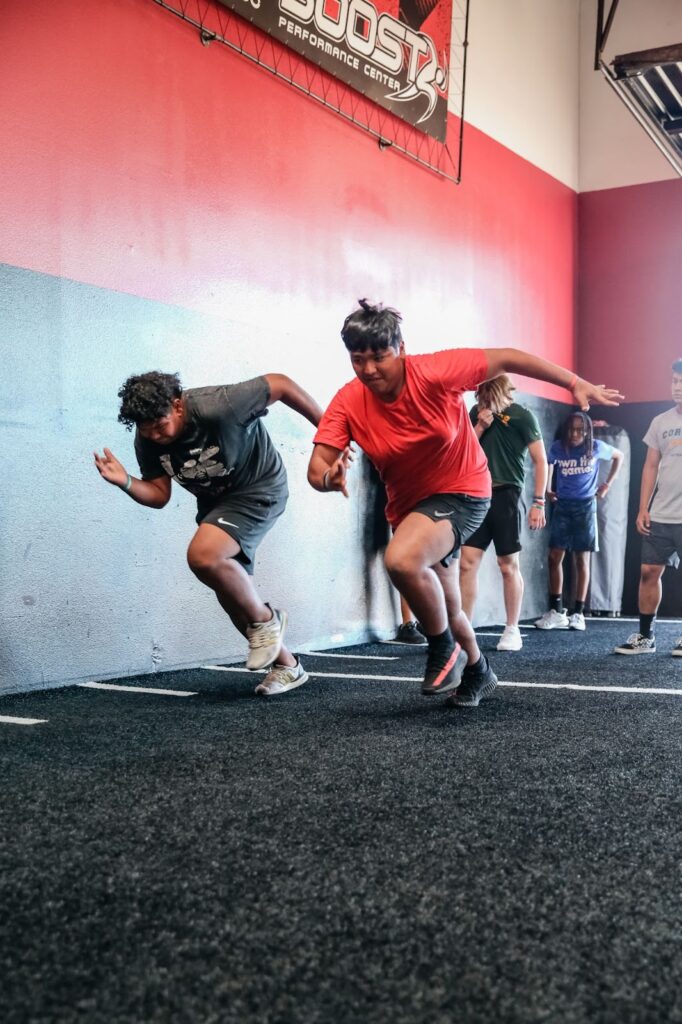
When I say movement mechanics, what I mean here is technique. It always amazes me the amount of athletes I get with improper running form, many times months after “speed training” with other coaches. To me, this has always been the easiest and fastest way to increase an athlete’s speed because even if they have a good foundation of strength and speed, proper movement mechanics can take them to another level. Head positioning, arm action, posture, and leg & foot action are all crucial coaching points for movement mechanics. If your program isn’t spending consistent time working on these aspects, you’re leaving a lot of gains on the table.

Now that you’ve established a base of strength, and movement is more efficient, it’s time to bridge that gap between the weight room and field by developing power. As mentioned earlier, it takes force to accelerate your body forward, but that force has to be applied as rapidly as possible. This is called rate of force development and is a crucial part of speed development because all things being equal, the athlete who can express the greatest amount of force in the shortest amount of time while sprinting will always win. This is built in the weight room through powerful hip extension exercises such as power cleans, speed squats, and box jumps. It’s built on the field or court through plyometric exercises such as vertical jumps, skips, and bounds. Though no matter where it’s done the goal is the same, to exert as much force as possible as fast as possible.
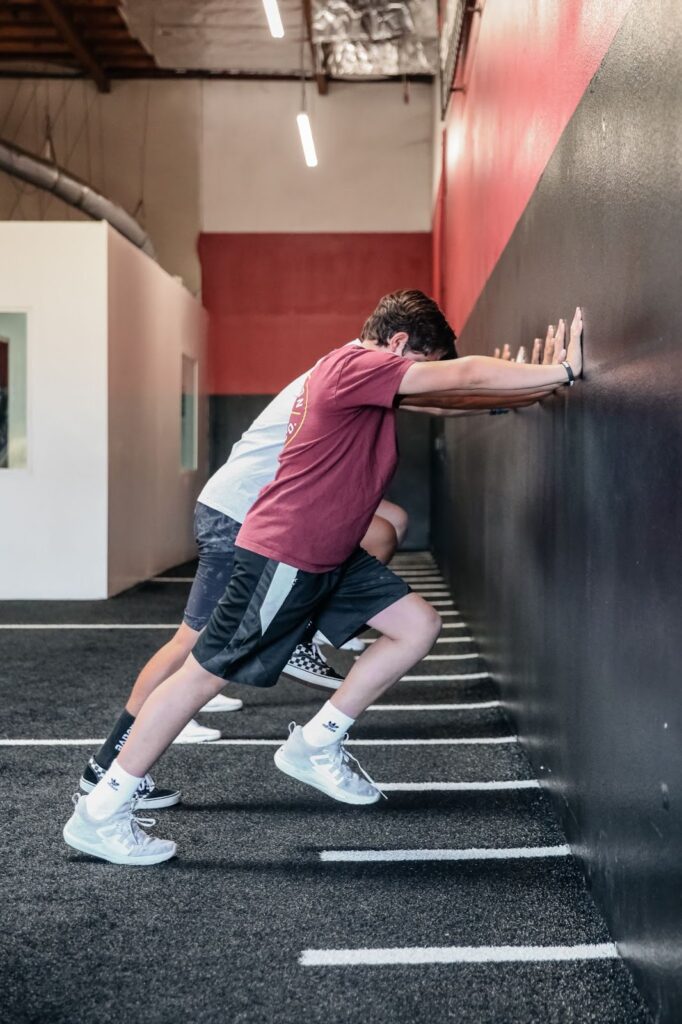
I’m not a fan of using the term “speed training” because it assumes it’s separate from all other parts of athletic development. Speed development is similar to strength development in that it takes time, and a solid program of execution and periodization. Now of course every athlete is different and faces unique challenges while trying to improve performance (Muscle asymmetries, body composition) but having these elements incorporated into your regimen at least lets you know you’re on the right track. To wrap it up, speed is developed, and should always be viewed in relation to everything else we do to improve our performance. Keep growing!-Boostman
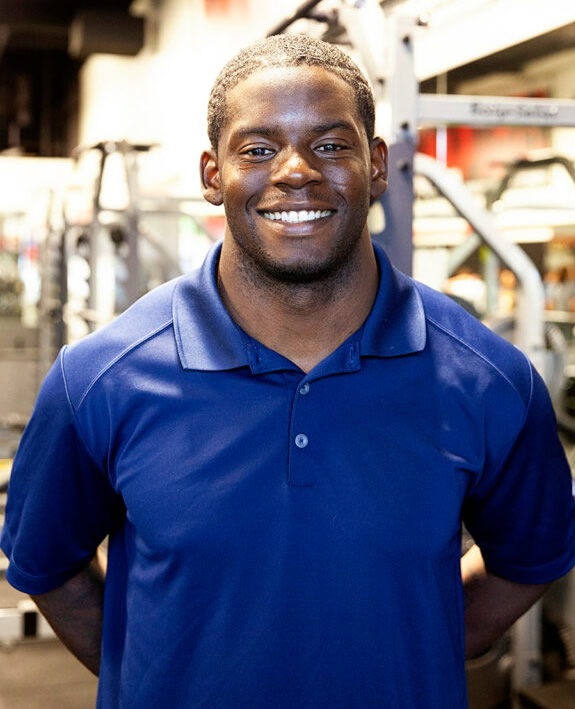
Owner, Boost Training Systems in Corona, CA
Level 1 & 2 Coach Bommarito Performance
CSCS, USAW



